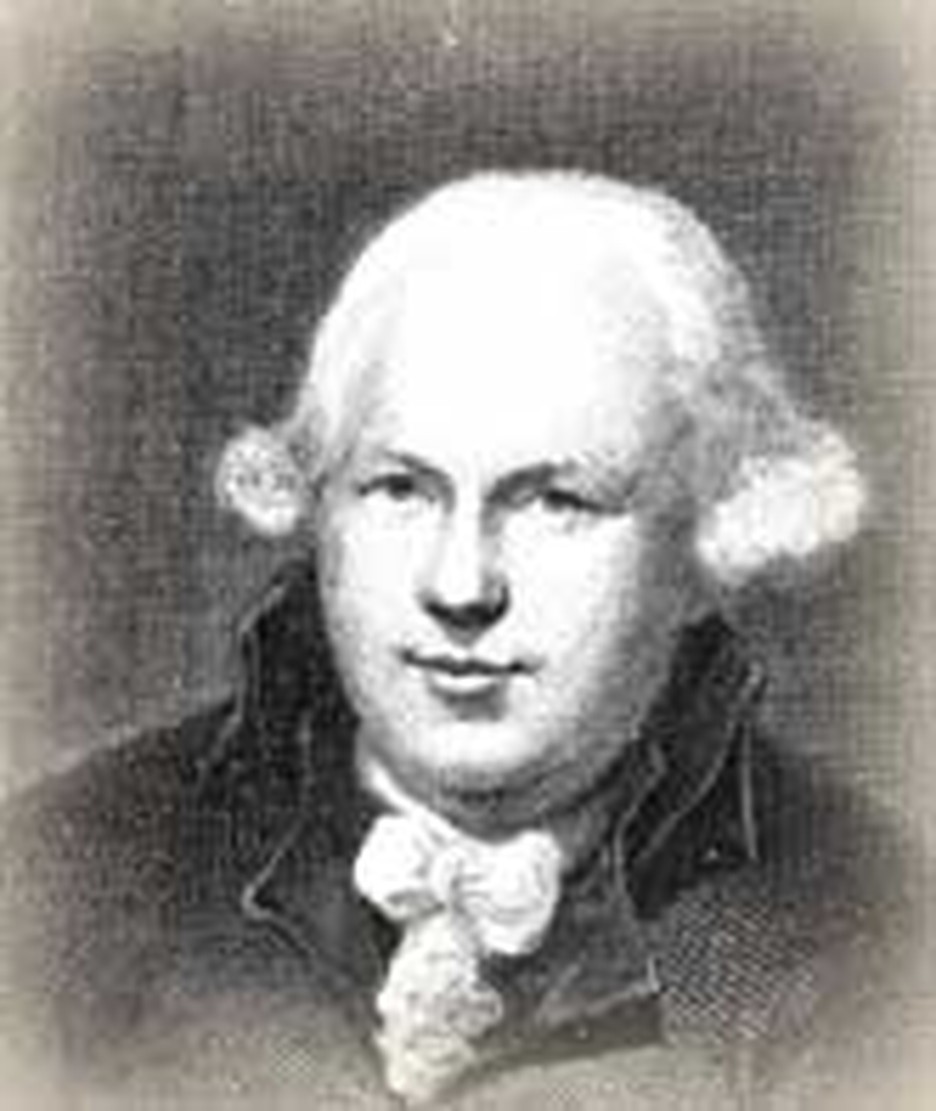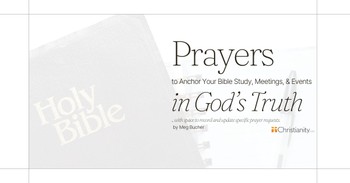
On this day, September 7, 1785, the Prescott Street Baptist Church of London was humming with activity. Behind the stir was a Baptist deacon named William Fox. Impressed by the Sunday school work of Gloucester's newspaper editor Robert Raikes which tallied with ideas he had earlier tried to implement, William had called for an association to assist and promote Sunday schools. The bustle meant that his ideas were in process of implementation.
William was an extraordinary individual who developed his first business plan at the age of ten and completely fulfilled it. When he became successful he remained deeply concerned for the poor and did what he could to meet their needs through attempts at legislation, through efforts for their education and his single-handed endeavors to clothe them.
Seeking more leverage, William wrote Raikes about his educational plan. Raikes responded, "I am full of admiration at the great and noble design of the society you speak of forming. If it were possible that my poor abilities could be rendered in any degree useful to you, point out the subject, and you will find me not inactive."
Raikes was as good as his word; he and other prominent philanthropists gathered to implement William's idea. The result was the first Sunday School Society for Britain.
It is hard to overemphasize the value of this society. To begin with, it coached the poor each week, educating thousands who otherwise would have had no schooling. The society established rules, provided textbooks and offered funding. Close to 4,000 Sunday schools were formed. This spelled relief for many communities in England.
During the last half of the eighteenth century, many communities dreaded Sunday. It was the one day that factory children had off; not surprisingly they were rowdy on that day. Between 1702 and 1801, the population of England doubled; more and more people were moving to the cities and towns to find work in the factories. The traditional social and religious ties of village life were severed. Often there was no place for the country folk in the town churches, and a generation or two of children grew up without any religious or moral guidelines.
Robert Raikes, owner and printer of the Gloucester Journal, had pondered the fate of the young ruffians. Visiting the prisons, he saw how easy it was for the children to slip into crime. Raikes knew that the parents of these children were so steeped in sin themselves they had no intention of training them to do better. Some other means of teaching these youngsters must be found or many more would end up in prisons.
Raikes hired four women to teach the children to read in schools that would run on Sunday. With the help of Reverend Thomas Stock, he enrolled one hundred children, from six to fourteen years old. The teachers gave the children reading lessons from ten to two, with an hour break for lunch. Then they marched them to church, after which they were taught the catechism until 5:30 P.M. Good behavior was rewarded with small prizes.
William's innovation was to form Sunday schools under volunteer teachers and to focus on Bible studies rather than secular subjects.
Bibliography:
- Brown, Arlo. A History of Religious Education in Recent Times. New York: Abingdon, 1923.
- "Fox, William." Dictionary of National Biography. Edited by Leslie Stephen and Sidney Lee. London: Oxford University Press, 1921 - 1996.
- Power, John Carroll. The Rise and Progress of Sunday Schools. A biography of Robert Raikes and William Fox. New York, Sheldon, 1863.
- Various encyclopedia and internet articles.
Last updated June, 2007


.jpg)
